|
Last week we talked extensively about water softeners and water conditioners. Water softeners and conditioners help to alleviate many hard water problems, including limescale build-up in your plumbing. But water softeners and conditioners are ineffective in removing chemicals and contaminants that can cause less-healthy, bad-tasting and foul-smelling water. For those issues, you’ll need a water filtration system. Although city and county water systems typically do a good job of removing harmful quantities of contaminants from tap water, they leave behind small amounts of substances that most of use would rather not drink. Some tap water contains the residue of treated sewage, industrial waste, agricultural chemicals, pharmaceuticals, toxic metals like arsenic and mercury, plus fluoride, disinfectants, and storm runoff. Other contaminants that might be found in tap water, or especially in well water, include Illness-causing bacteria, viruses, and parasites, and pesticides, herbicides, insecticides, fungicides, as well as Volatile Organic Chemicals (VOCs). In this week’s mini lesson, we’ll get into the different types of water filtration systems and what sort of certifications you should be looking for before you buy one. According to the Environmental Protection Agency (EPA), “drinking-water can reasonably be expected to contain at least small amounts of some contaminants. As long as those contaminants are at levels no higher than EPA standards, the water is considered safe to drink for healthy people. People with severely weakened immune systems or other specific health conditions, or those concerned about specific contaminants present in local drinking water, may wish to further treat their water with a water filter.” Again, that quote, and most of the information in this week’s mini lesson, come from the EPA. I wanted to get info from an unbiased source that wasn’t selling water filters. The EPA sets national standards for the city and county tap water, but it doesn’t endorse specific water filtration units. Different types of units remove different contaminants, or classes of contaminants. Sophisticated units may use multiple technologies to remove several types of contaminants and to provide backup protection in case one treatment method fails. The Water Quality Association says that more than 4 out of 10 Americans use a home water treatment unit. These units range from simple water pitcher filters, costing less than $20, to whole house filtration systems, costing thousands of dollars. To determine what needs to be filtered out of your water, contact your local water supplier and ask for the annual water quality report (sometimes called a consumer confidence report). This report lists the levels of contaminants that have been detected in the water and shows how these levels compare with EPA’s drinking water standards. If your water comes from a household well, EPA recommends annual water testing, especially for nitrates and bacteria. Water filters come in two main varieties: 1. Point-of-use units 2. Point-of-entry units Let’s first talk about point-of-use units… POINT-OF-USE Point-of-use units only filter water at a specific place, where that water will be used or consumed. Point-of-use units include filtering water pitchers and filters that are attached to specific faucets, usually a kitchen faucet. Faucet filters are housed either under the sink, or they can be attached to the faucet itself. Most filtering water pitchers use granular-activated carbon and resins, to bond with, and trap contaminants. These filters are most effective at improving the taste of water, but many will also reduce lead and other contaminants. Other carbon filters, are composed of a screen with many tiny, microscopic pores. Specific contaminants removed depends on the pore size and other factors. The smaller the holes, the more contaminants the filter can remove. Filter holes are measured in microns. When considering filter size, look for an absolute rating, not a nominal rating. Absolute rating refers to largest hole and nominal refers to the average sized hole. Remember, we’re looking for the absolute rating. Think of it as the absolute best! The EPA and CDC recommend an absolute one micron filter, meaning the largest hole is very small, measuring no more than 1 micron (you can also look for a filter that’s labeled for bacterial cyst removal). Filters that are associated with a faucet, generally use the same carbon technology as their pitcher filter counterparts. But some of these faucet filters use fabrics, fiber, or ceramic screening to physically remove contaminants. Faucet filters and water pitcher filters must be replaced on a regular basis. If the water in your area is relatively pure, a budget-friendly water pitcher or faucet-associated filter could work well for your house. But an activated carbon filter, by itself, is not designed to remove all disease-causing organisms, nitrates, pesticides, or heavy metals. For that you’ll need a Reverse Osmosis (RO) system. Reverse Osmosis (RO) Units: RO filtration produces chemically pure water, with virtually every possible contaminant removed. In a Reverse Osmosis system, water is forced across a semi-permeable membrane, leaving contaminants behind that are flushed down the drain. The clean drinking water collects in a holding tank. These units are effective in eliminating almost every disease-causing organism and most chemical contaminants, including those that make water taste and smell funny. RO systems also remove minerals, including minerals that cause hard water scale. So a Reverse Osmosis system acts as a water softener too. Sounds perfect, right? But you know nothing is ever perfect. There are some disadvantages to RO units. They are very expensive, they are slow in producing filtered water, and they take out valuable minerals which can be make your water more nutritious and tastier. RO units also require a lot of space and they are notorious for wasting water. A lot of water! With some RO units, 3 to 5 gallons of waste water goes down the drain for every gallon of filtered water produced. Fortunately, a few newer models that have come out are more efficient and waste less water. But most units are still pretty inefficient. Next on our point-of-use filter list is… Mixed Media Filtration Systems. They purify water through multiple stages and methods, usually including sediment filtration to filter out fine sand, dirt and other particles. Sedimentation filtration is particularly helpful if you have well water. Mixed Media Filtration systems might also use ultraviolet light to kill microorganisms, and these filters might also perform deionization. Deionization produces deionized water, also known as demineralized water. It has all of its mineral ions removed, including sodium, iron, calcium, copper, chloride, and sulfate. Deionization is like water softening on steroids. In addition to all those filtering methods, A mixed media filter might also use carbon filters. Mixed media filtration systems give you the best of all worlds, but these units are expensive. If you decide on Mixed Media filtration, make sure the unit includes filtration methods for the contaminants that are most prevalent in your area. Finally, there are distillers. Distillers are point-of-use filters that heat water to the boiling point, then collect the water vapor as it condenses. This process eliminates unhealthy substances, such as organic and inorganic chemicals, as well as heavy metals. Like RO units, distillers kill all bacteria and pathogens that make people sick. But distillers filter water very slowly, so it’s not a good choice for larger families, and distilled water may taste flat to some people because the water’s natural minerals and dissolved oxygen have been removed. So that was point-of-use devices. Remember they included carbon filters, reverse osmosis filters, mixed media filters and distillers. Although point-of-use filters are a great economical choice, keep in mind, these filters purify water only for drinking or cooking, not for bathing or dishwashers. To get pure water for all water in the house, you’ll need a point-of-entry filtration system. POINT-OF-ENTRY Point-of-entry units are also called in-line filters, or whole house filtration systems and they are the most comprehensive water filtration systems. Whole house filtration systems remove contaminants from your water through a filter connected to your home’s main water line. Whole house, point-of-entry systems are installed where the water supply enters the home, so all the faucets in your home, plus the water heater and plumbed appliances, receive filtered water. This will enable you to bathe and shower in clean, filtered water. In addition, your dishwasher and ice maker will receive filtered water. Many of the filtering methods used in point-of-use filters are also used in whole house, point-of-entry filters. Carbon filters, for example, can be used as whole house filters too. Carbon, or some other adsorptive (adhesive) material, traps liquid and solid contaminants. Those contaminants adhere to the surface of, or in the pores of, the carbon. These are basic, entry-level whole house water systems utilizing a single type of filtration media. Carbon filters are effective in removing chlorine and chlorine byproducts, and as a result, they eliminate the bad taste and odor that your tap water might have. Although some adsorptive filter materials last longer than others, all of them will lose effectiveness over time and must be replaced periodically. And like point-of-use carbon filters, these whole house carbon units are good at removing chlorine, but ineffective in removing many other chemicals and heavy metals. To remove more contaminants, you can choose whole house Mixed media filtration systems or whole house RO systems. They work like their point-of-use counterparts, but they filter water for the entire house. Whole house, point-of-entry reverse osmosis filtration systems are fairly uncommon, since they are very expensive and typically waste much more water than other systems. If you have your heart set on an RO system, it’s more efficient and sustainable to choose a point-of-use system that you can attach to a specific faucet. Or, for filtering out multiple contaminants in the whole house, consider a mixed media filtration system instead of a whole house RO system. When comparing whole-house systems, look for a flow rate of at least 15 gallons per minute. That sounds super fast, but remember, this system is for the entire house, so it needs to be much faster than a single faucet system. You should also find out how often whole house filters need to be replaced and how much that will cost. Regular upkeep is the key to making these systems function the way they’re supposed to. If you’re not committed to regularly changing the filter yourself, sign up for a service agreement. Finally, let’s briefly go over certification… Whatever point-of-use or point-of-entry water filtration units you choose, it should be certified by at least one of 3 organizations. These organizations ensure that units do what they claim they will do. We heard about 2 of these organizations last week, since they also certify water softeners and conditioners. The names of the certifying organizations are: 1. National Sanitation Foundation (NSF) International 2. Water Quality Association 3. Underwriters Laboratories Before we finish up, let’s go over a couple of quiz questions to review some of our key points. QUIZ: 1. True or False: Reverse Osmosis Water filters also work as water softeners, since they remove minerals, including calcium and magnesium, which cause hard water limescale. That’s true… RO systems remove almost everything from the water, including virtually every contaminant, including microorganisms, metals, chlorine and other chemicals, plus RO units remove minerals. 2. True or False: All quality water filters remove all contaminants. That statement is false. Different types of units remove different contaminants, or classes of contaminants. Sophisticated units may use multiple technologies to remove several types of contaminants and to provide backup protection in case one treatment method fails. So determine what contaminants are found in your area before deciding on the type of filter. Contact your local water supplier and ask for the annual water quality report (sometimes called a consumer confidence report). This report lists the types and levels of contaminants that have been detected your area’s water and shows how these levels compare with EPA’s drinking water standards. And always buy a water filter that’s been certified by 1. National Sanitation Foundation (NSF) International 2. Water QualityAssociation and/or 3. Underwriters Laboratories Please remember that the purpose of this podcast is simply to educate and inform. It is not a substitute for professional advice. The information that you hear is based the only on the opinions, research and experiences of my guests and myself. That information might be incomplete and it’s subject to change, so it may not apply to your project. In addition, building codes and requirements vary from region to region, so always consult a professional about specific recommendations for your home. Thanks for stopping by this week. I hope you learned as much as I did.
0 Comments
Your comment will be posted after it is approved.
Leave a Reply. |
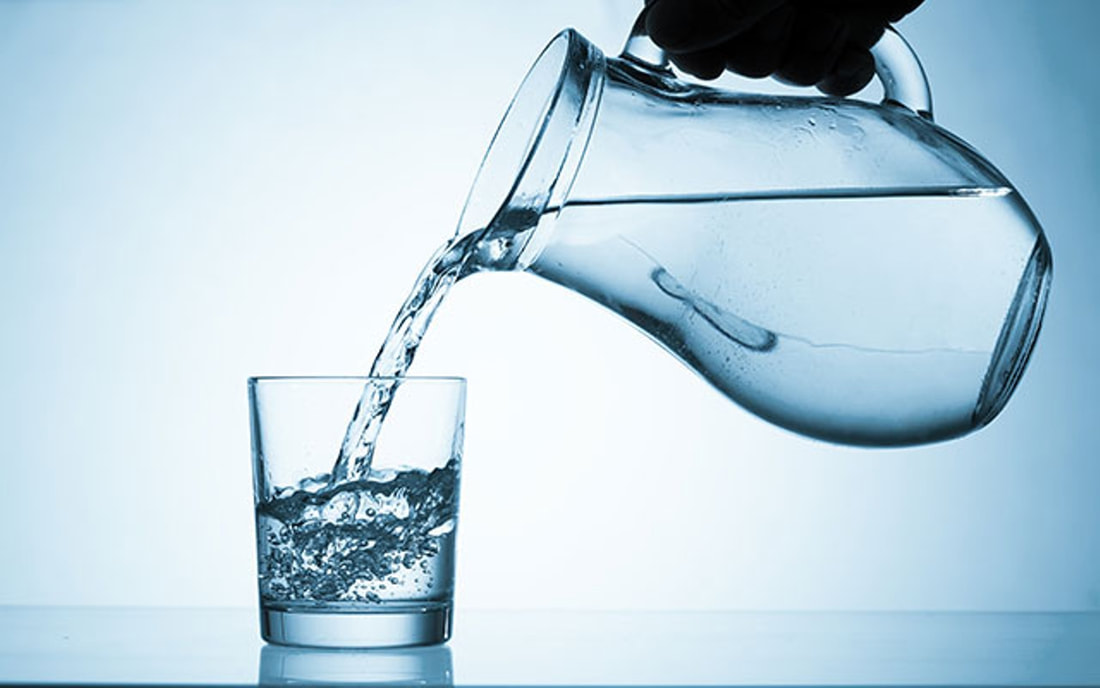
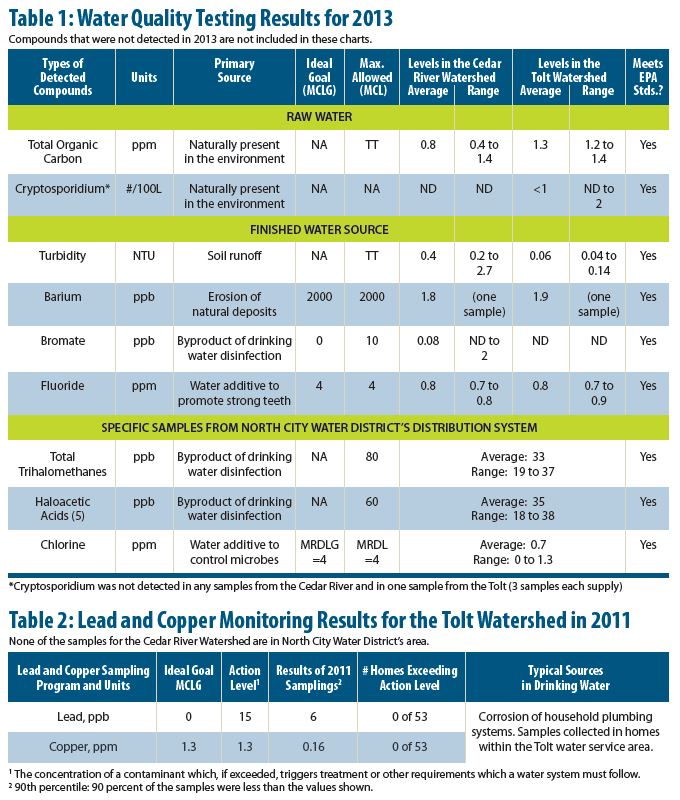
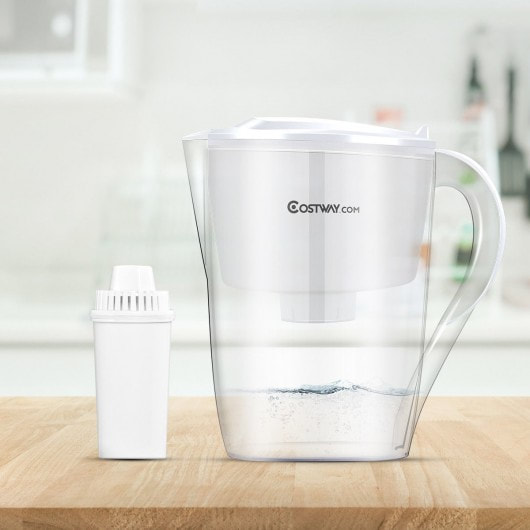
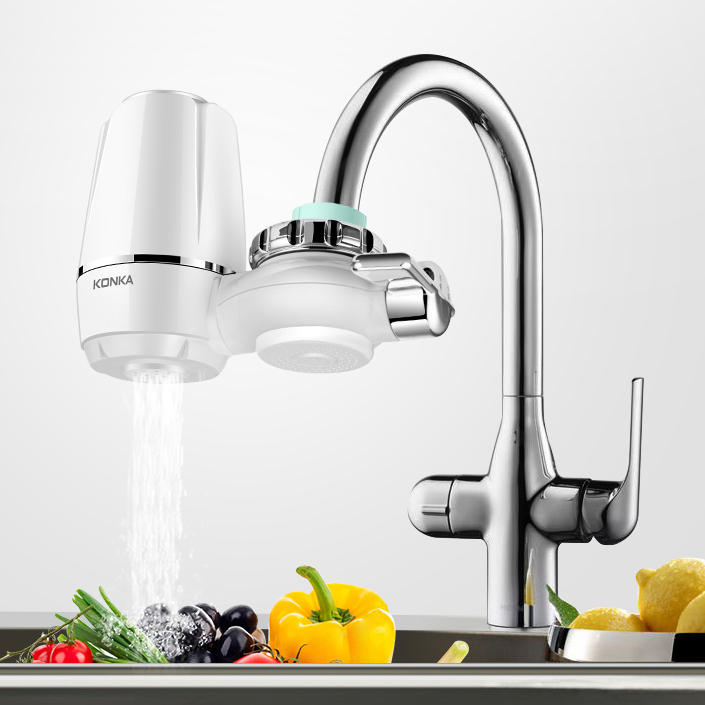
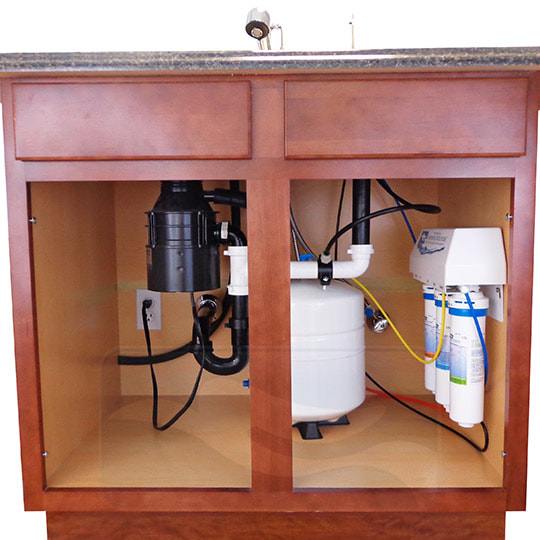
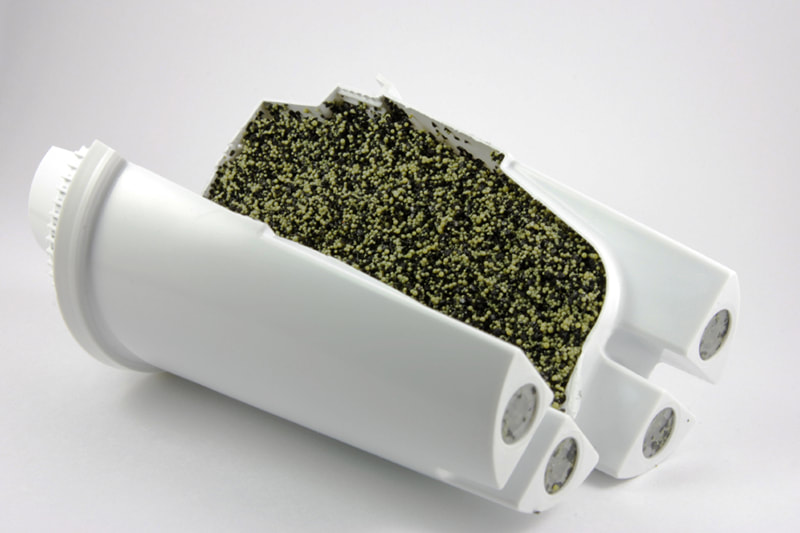
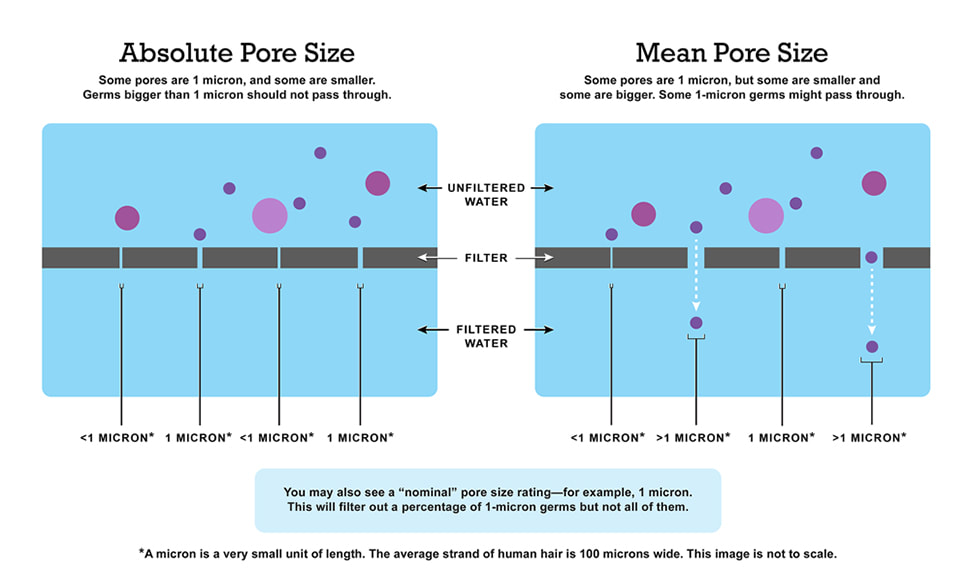
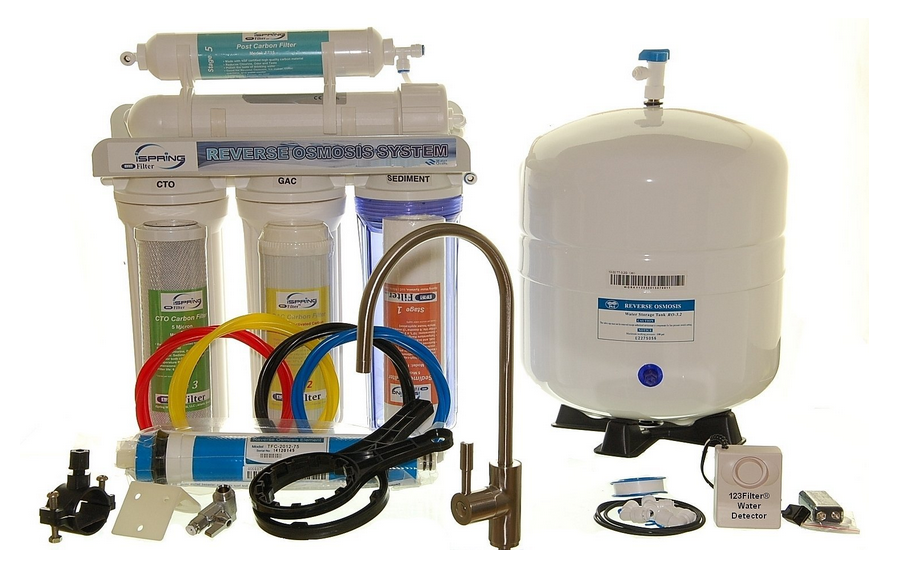
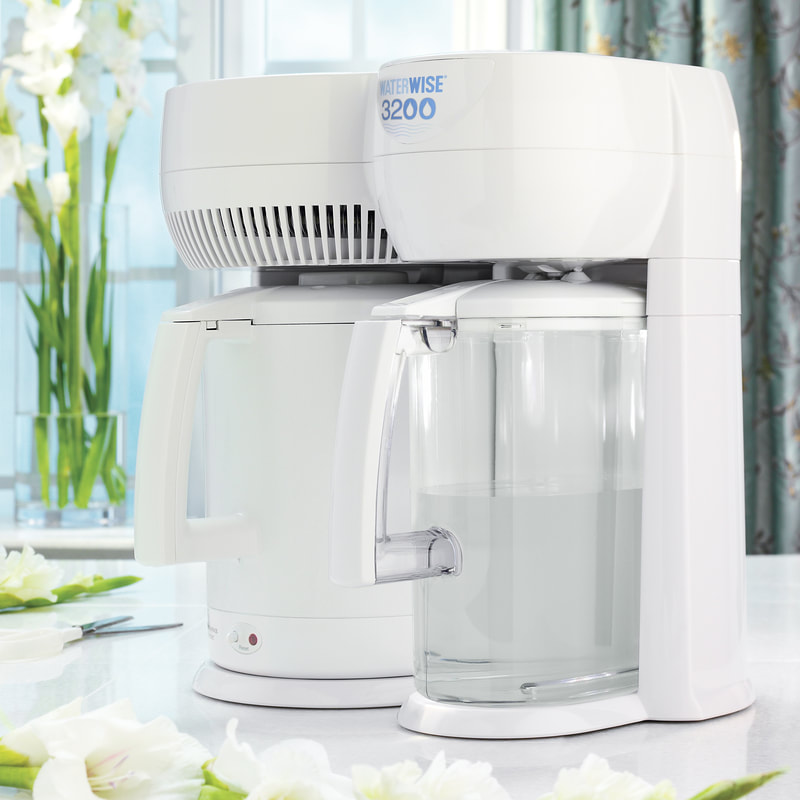
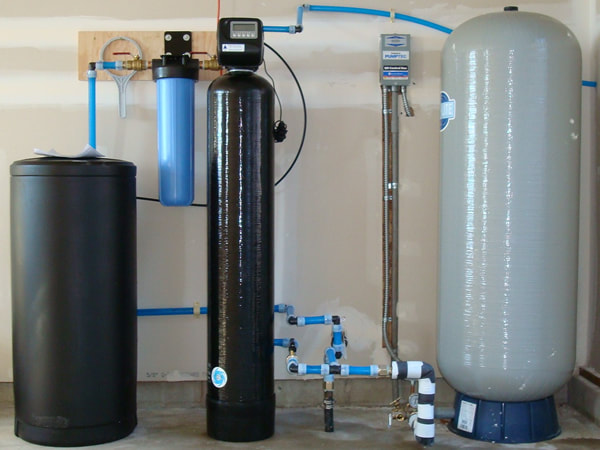
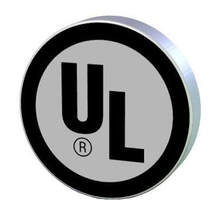
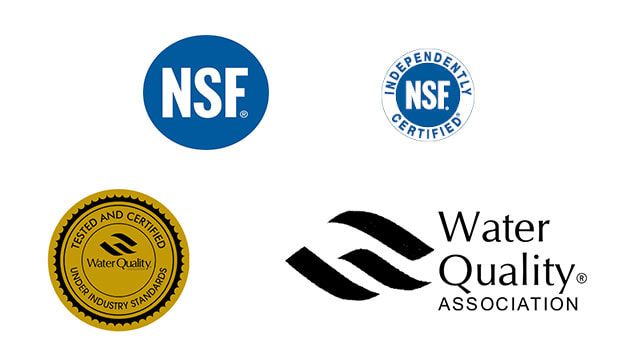
 RSS Feed
RSS Feed